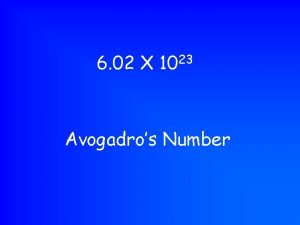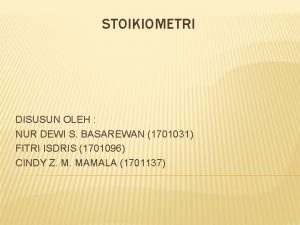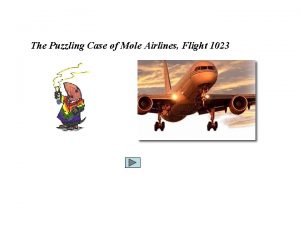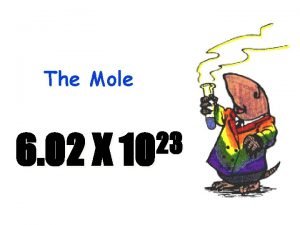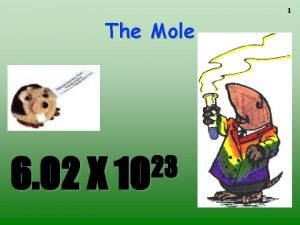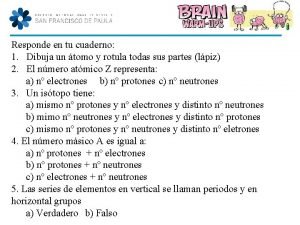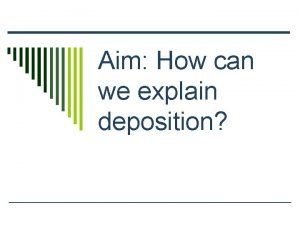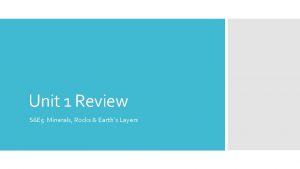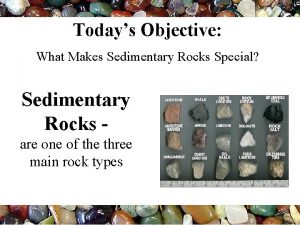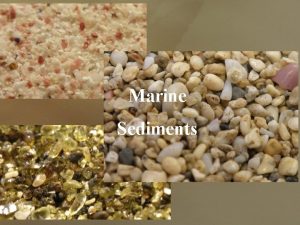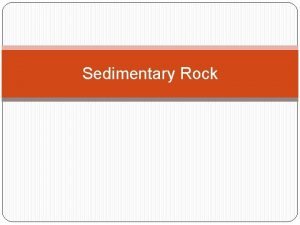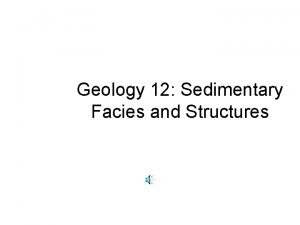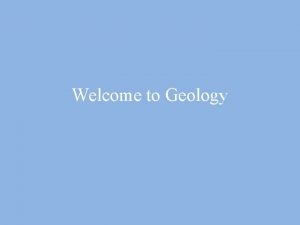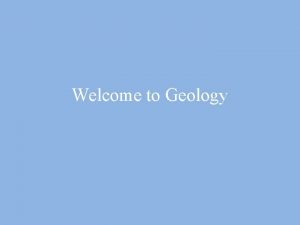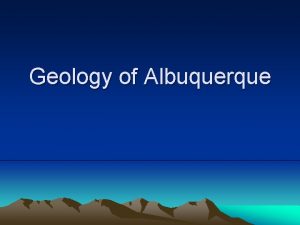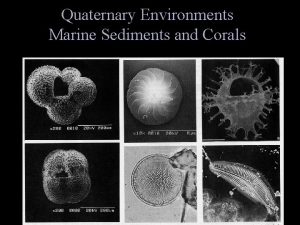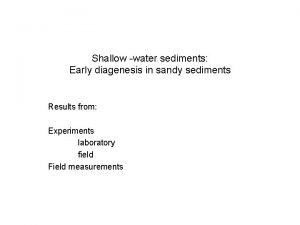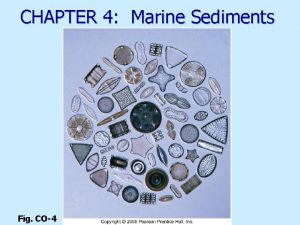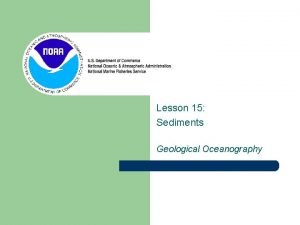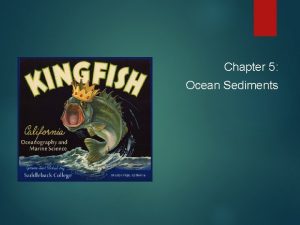Geology 1023 Environments Facies Environments Facies Sediments are















- Slides: 15

Geology 1023 Environments & Facies

Environments & Facies • Sediments are being deposited in various locations simultaneously • Conditions vary from place to place – Medium – Speed – Depth – Load – etc.

Environments & Facies • The type of sediment being deposited varies when the conditions vary • Changes in lithology due to changing conditions are called “facies variations” • When comparing rocks deposited at a certain time but under different conditions you may be forced to correlate rocks of different lithology.

Facies variations (p. 168; 6 ed. p. 166)

Facies (p. 168; 6 ed. p. 166)

Facies (p. 168; 6 ed. p. 166)

Facies • Previous slide shows the vertical variation in one locality but note that there is also lateral variation at any given time. • Walther’s Rule = vertical variation in one locality mirrors lateral variation at one time.

Shelf environments • Q 1. Fill in the boxes with the terms – (deep sea) canyon – (continental) shelf – (continental) slope – (continental) rise – (abyssal) plain • Q 2. What do you think will happen? • Q 3 -5. Shake up the jars. What process are you imitating? (see p. 2)

Environments • Table on p. 4 gives various lithologies and their associated environments • Q 6. Fill in boxes with the label of the rock at the back of the lab which you would expect to find there. • Note that the rocks are laid out in the correct order. Do not move the rocks. Try to see the pattern of change visible. Check with instructor that you are correct.

Terminology • Proximal = closer to source of sediment • Distal = further away from source of sediment

Facies map • Q 7. Rectangle shows distribution of rock types (using same letters as on Q 6). • Draw boundaries between rock types (facies). • These are boundaries between environments • Label (using table on p. 4) the environments responsible for each lithology. • Draw arrow showing direction of sediment transport.

Isopach lines • Isopach lines are lines joining points of equal thickness of sediment package. • Q 8. Map of various lithofacies in BC, AB and SK. – Draw the boundaries between each facies and complete the pattern (colour) – Construct isopach lines (use coloured pencil) – Answer various questions about relationship between thickness (isopach lines) and facies (pattern/colour)

Transgression & regression • Q 9. Series of maps of an area which display the change in facies over time (T 1 to T 2 to T 3). • Draw boundaries between facies and colour/shade units • On the cross section place the boundaries between facies at the appropriate point on the horizontal line and complete the section. • Answer the questions.

T 3 T 2 T 1

Questions?
 Mikael ferm
Mikael ferm Postura sofrivel
Postura sofrivel 6 02 x 1023
6 02 x 1023 Hitung massa dari 6 02 x 1022 atom besi
Hitung massa dari 6 02 x 1022 atom besi American airlines flight 1023
American airlines flight 1023 6 023 x 1023
6 023 x 1023 Moles is equal to
Moles is equal to 6 02 x 1023
6 02 x 1023 Formula de moles
Formula de moles Tmk m 1023
Tmk m 1023 A low hill is composed of unsorted sediments
A low hill is composed of unsorted sediments The process that presses sediments together
The process that presses sediments together A process that squeezes or compacts sediments
A process that squeezes or compacts sediments Hydrogenous sediment definition
Hydrogenous sediment definition Classification of marine sediments
Classification of marine sediments Sedimentary rock
Sedimentary rock


